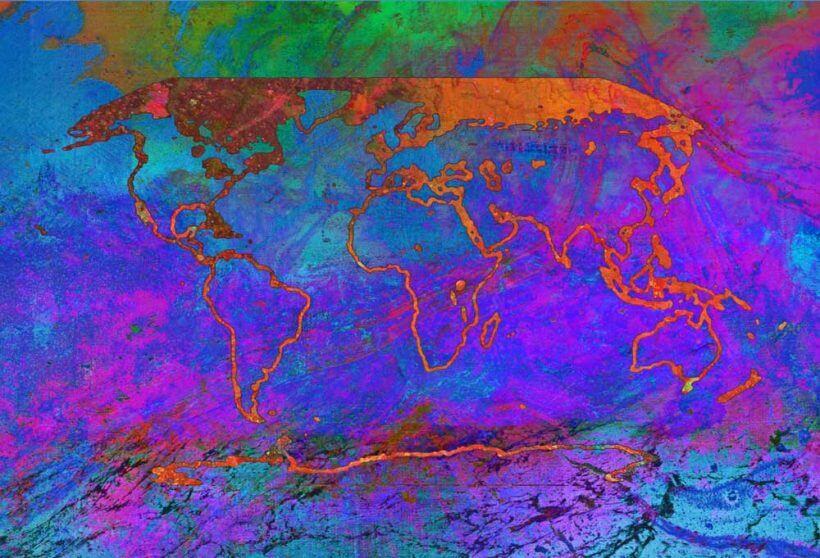The 6th Intergovernmental Panel for Climate Change (IPCC) report was published on the 9th of August. It is an important document, and is the best account we have of the science relating to the effects of greenhouse gases on the planet.
The summary document should be required reading for all policymakers, activists and resource holders leading up to COP26 in October. The full report, a summary for policymakers, headline statements, and an interactive atlas can be accessed here. IPCC – AR6 Climate Change 2021.
Here are some key takeaways from the report:
1. There is a direct link between greenhouse gases being released into the atmosphere and global temperature rise: most of these greenhouse gases have been released through human activity. The IPCC is now confident enough to state that: “It is unequivocal that human influence has warmed the atmosphere, ocean, and land. Widespread and rapid changes in the atmosphere, oceans, cryosphere and biosphere have occurred.” Every ton of C02 put into the atmosphere contributes to global temperature rise.
2. Temperature will continue to rise: The IPCC describes 5 possible future scenarios depending on how the world cuts emissions between now and the end of the century (p41 of Summary for Policymakers). In the best case scenario (net zero CO2 by 2050) it is “more likely than not” that the world will reach global warming of 1.5 degrees C above pre – industrial temperatures in the near term (defined as 2021 – 2040). But in the best case scenario, global temperatures do not rise much above that and by the end of the century it is “more likely than not” that average global temperatures will decline back to below 1.5 degrees C. However, without immediate and ongoing GHG emissions cuts (scenarios where the world does not reach net zero by 2050) it is likely that average temperatures will breach the 1.5 – 2 degrees C threshold by the end of the century and could even go beyond this towards 3 degrees C. In short, in all scenarios put forward by the IPCC, humanity is heading towards a hotter planet and climate change will affect every region of the world.
The Copernicus Global Temperature Trend Monitor provides a regular update of how close the world is to reaching 1.5 degrees C.
3. The weather is becoming more extreme: (Even at 1.1 degrees C above pre-industrial levels). Severe heat waves are now happening roughly once a decade and are becoming more common and widespread. Tropical cyclones are getting stronger. Severe droughts are occuring 1.7 times as often. Wildfires are becoming more prolonged and more intense. Rainfall is becoming heavier, resulting in flash flooding. The likelihood of one extreme event following another also becomes greater. As the world gets hotter, extreme weather events will increase in every part of the world.
4. Sea levels will continue to rise: Due to ice-melt and the expansion of the oceans through heating, sea levels are sure to keep rising for hundreds or thousands of years. Even if global warming were halted at 1.5 degrees C, the average sea level would still rise about 2 to 3 metres (6 to 10 feet) over this time period.
5. Nations need to act now: 2.4 trillion tons of CO2 has been added to the atmosphere since the end of pre-industrial times. This has resulted in the average global temperature rising by 1.1 degrees C. There is a limit to how much more CO2 can be put into the atmosphere if nations are to keep average global temperature rise to a threshold of 1.5 degrees C by the end of the century. The IPCC calculates this figure at 400 billions tons of CO2. Best estimates are that current global emissions are at a level of around 40 billion tons a year. At the current level of emissions, nations will exceed the world’s remaining CO2 budget in around 10 years time.
6. There are still scenarios available that can limit average global temperatures to below 1.5 degrees C “with no or limited overshoot” but these will require “rapid and far-reaching transitions” particularly in the sectors of energy, agriculture, urban planning, infrastructure and industry. All these scenarios involve the nations of the world reaching net zero CO2 emissions by the 2050’s.



Leave a Reply
You must be logged in to post a comment.